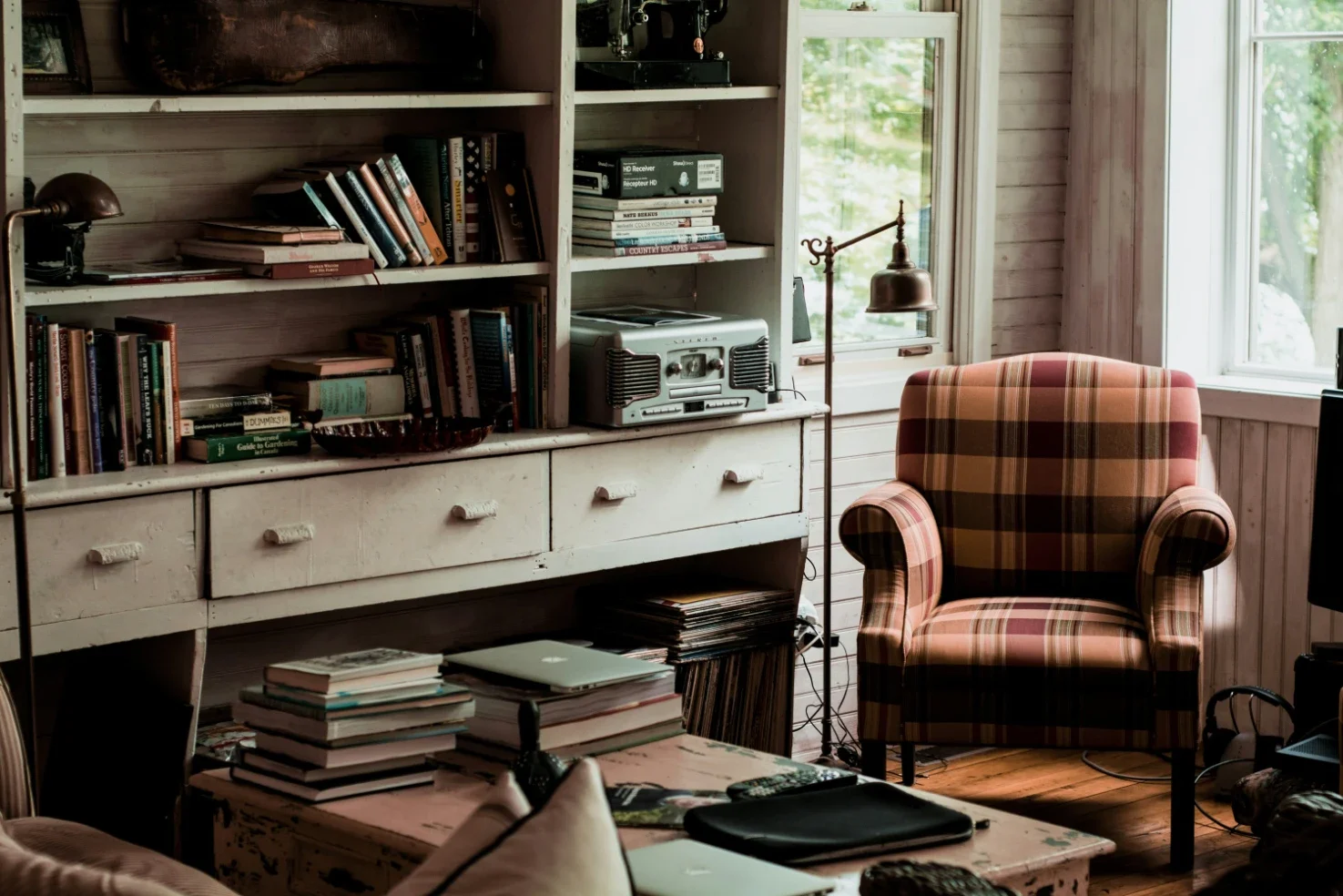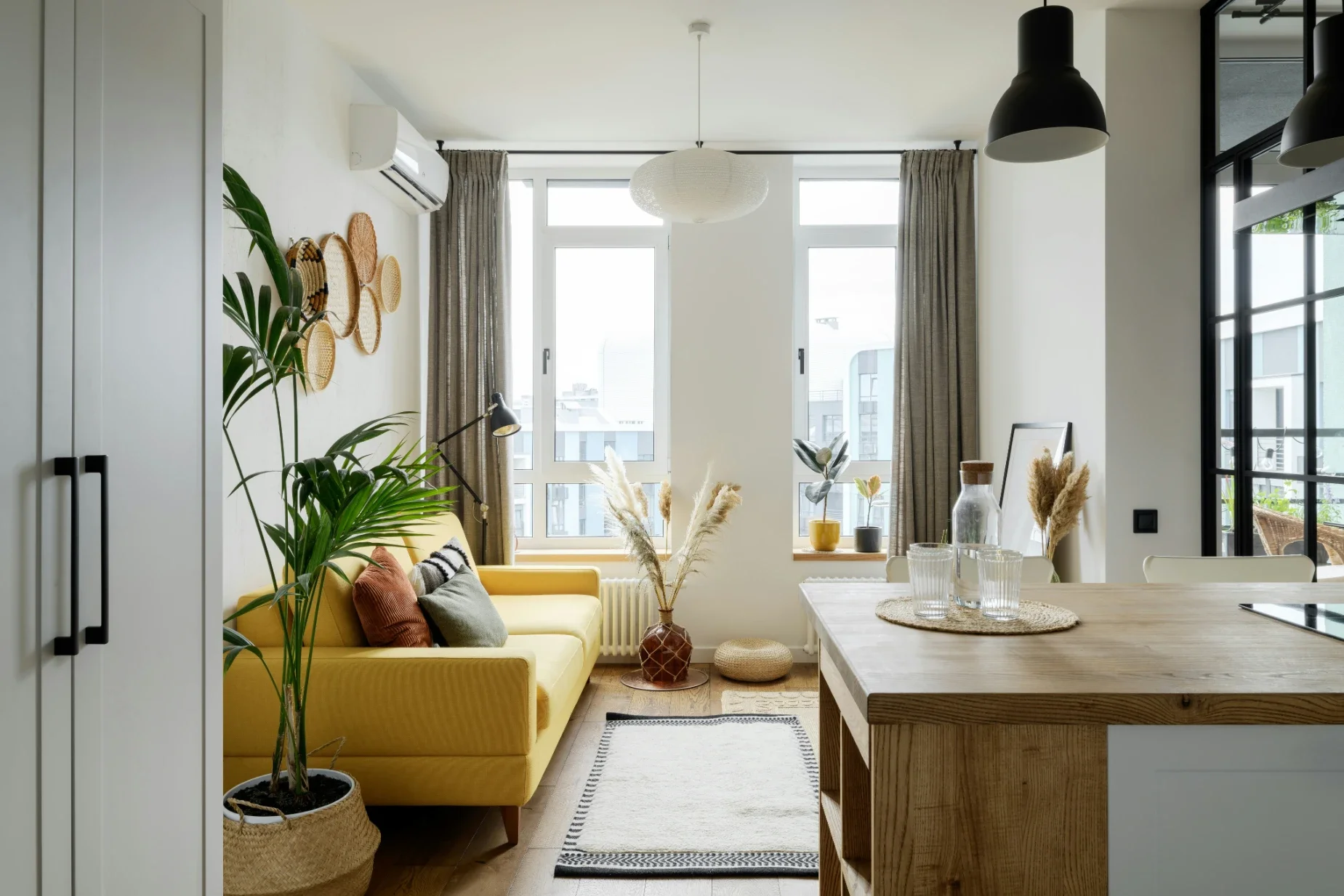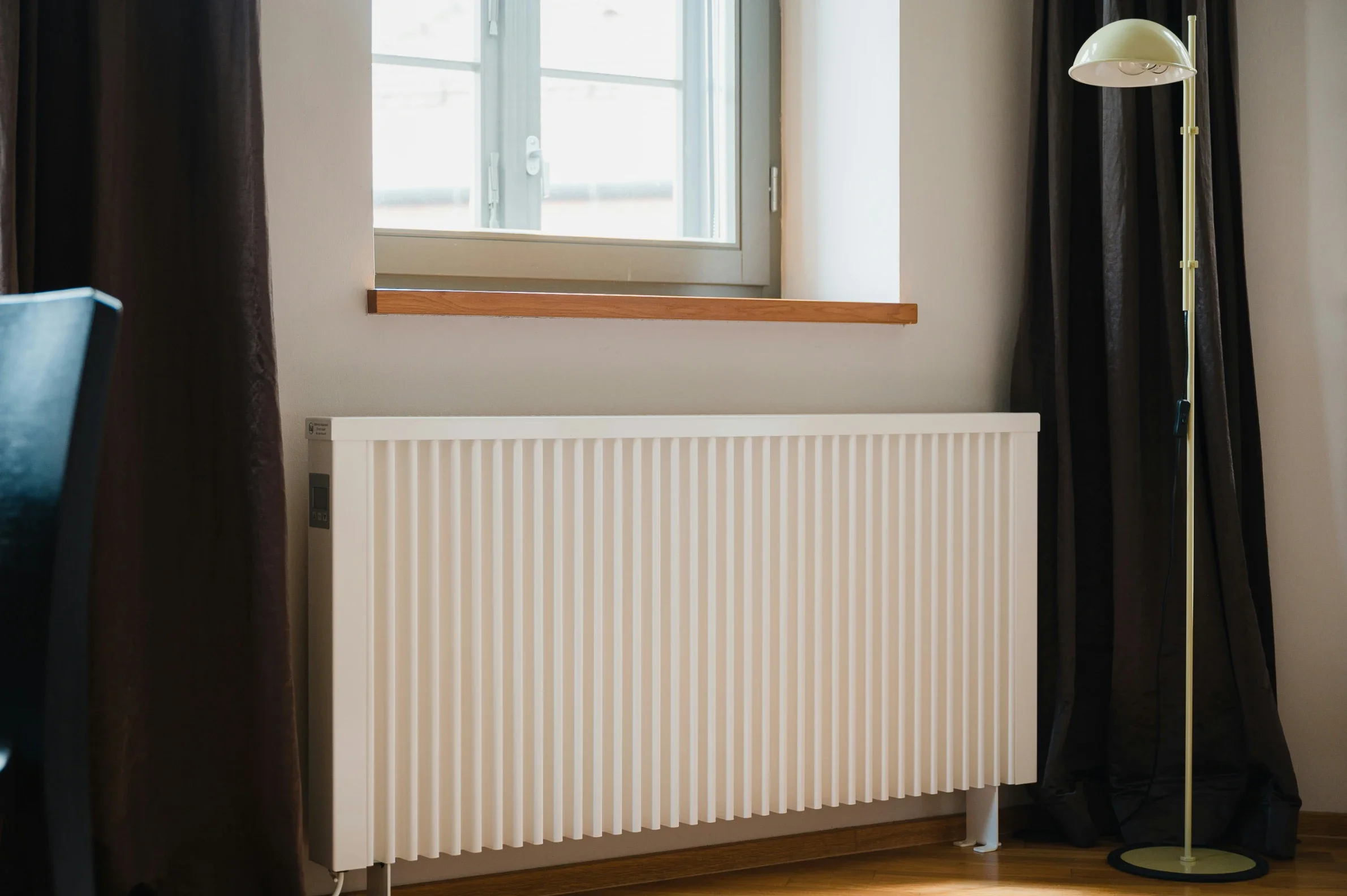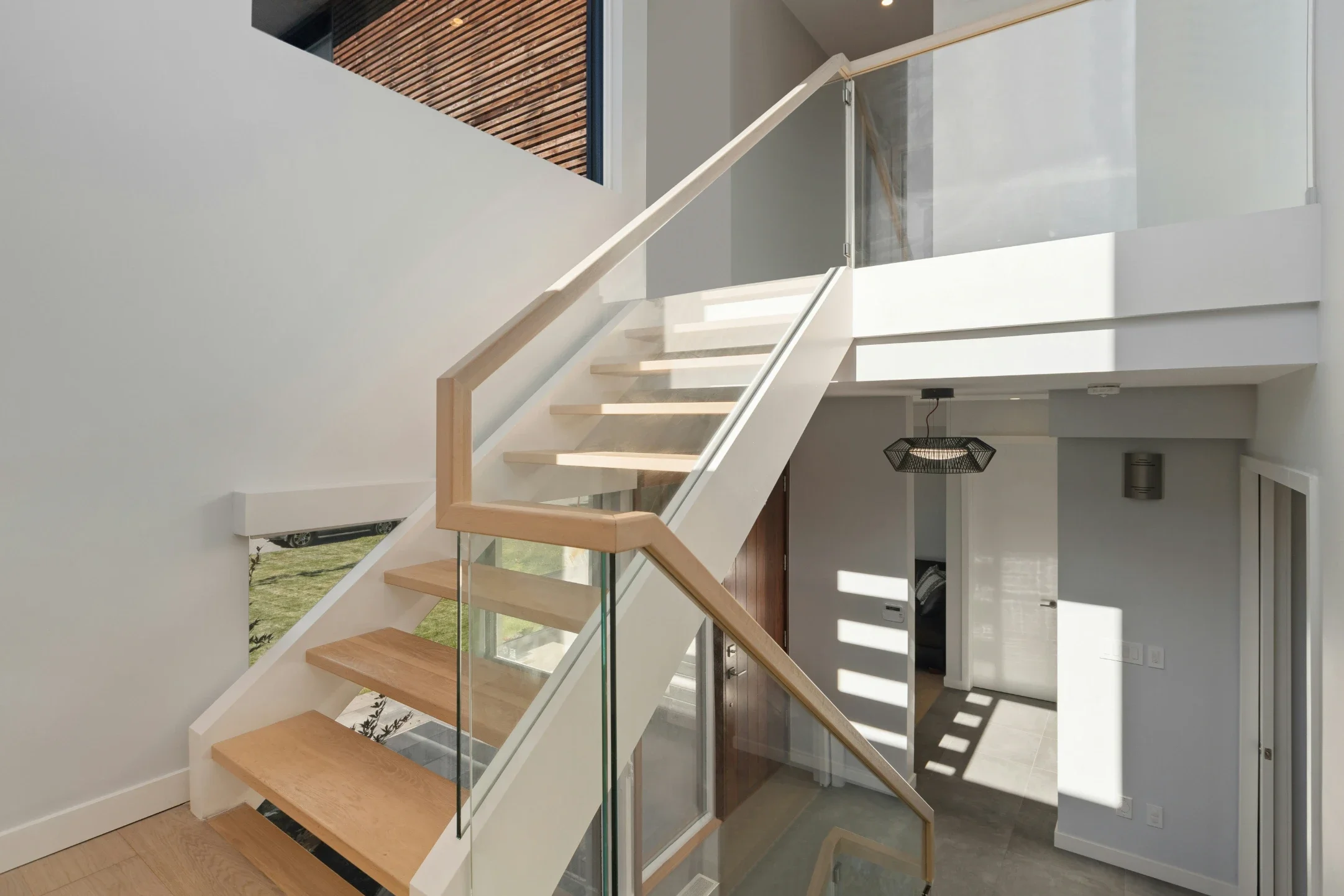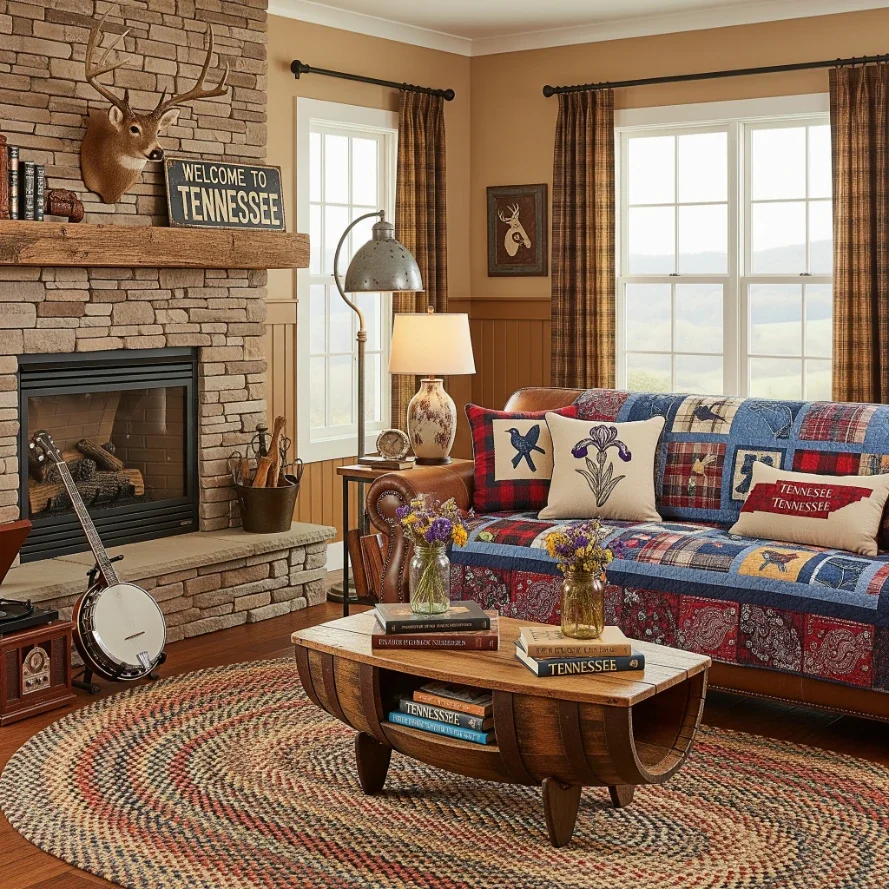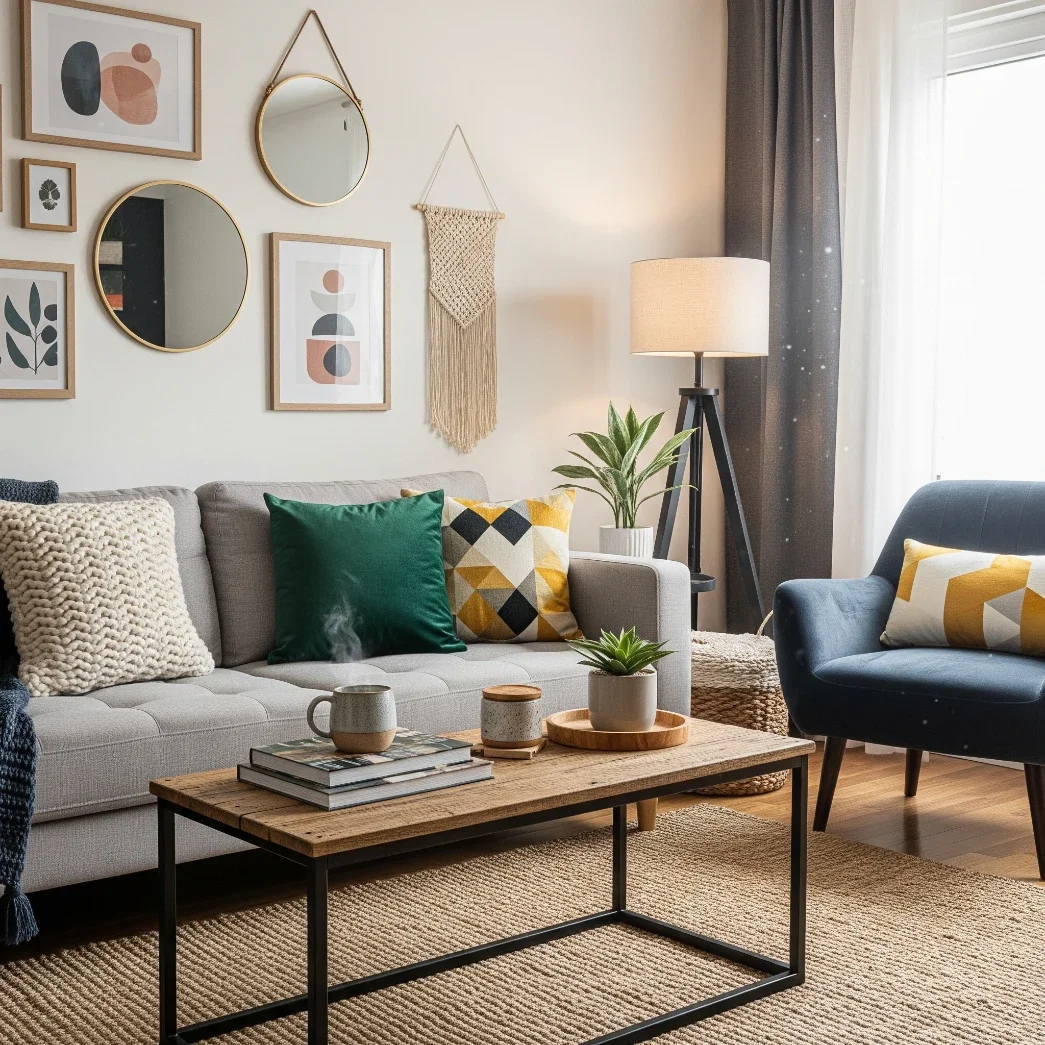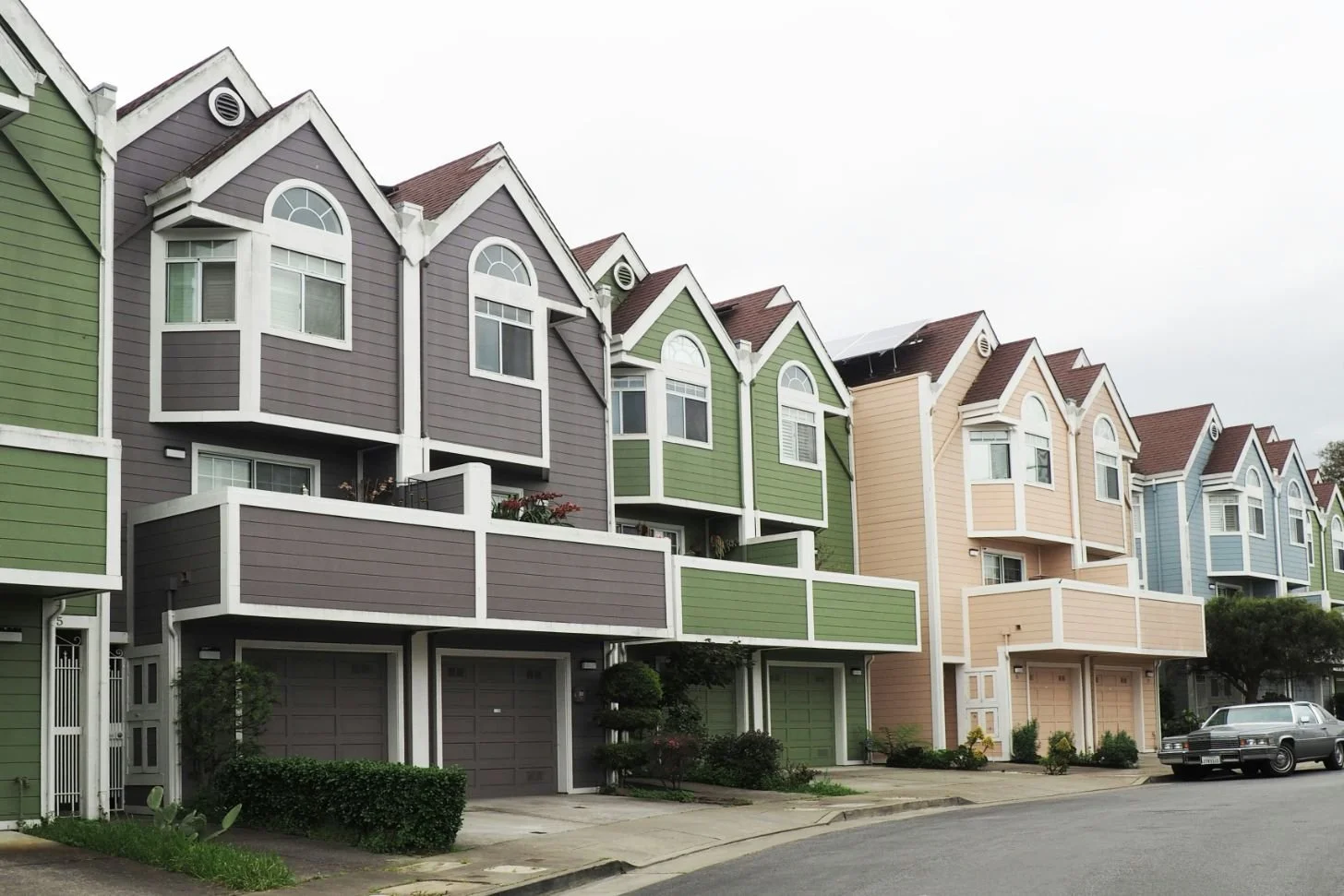Home Makeover Tips That Save Time and Money
Discover smart home makeover tips that help you refresh your space while saving time and money—perfect for budget-conscious, stylish upgrades.
Transforming your home doesn’t need to be expensive or overwhelming. Whether preparing for guests, addressing outdated styles, or making the most of your space, smart choices during a home makeover can lead to impressive results with limited costs and stress. Attention to detail, timing, and planning can mean the difference between an enjoyable project and one that drags on for months. Below are six practical and effective approaches that can guide you toward a smoother and more budget-conscious home makeover experience.
Plan Smart and Choose the Right Help
Before knocking down a single wall or picking up a paintbrush, spend some time outlining the scope of the work. A clear plan helps you avoid costly changes halfway through. If your project goes beyond basic updates, it’s best to work with experienced renovation contractors who understand how to align your vision with local codes, structural safety, and cost-efficiency. Midway through your design process, their input can help adjust ideas so they fit both your budget and practical limitations. Good contractors won’t just handle the physical labor—they offer suggestions that prevent expensive missteps. Hiring the right professional can often shorten timelines and make every dollar work harder.
Stick to Neutral Foundations
When it comes to home finishes, bold choices may seem exciting at the start, but can quickly feel out of place or outdated. Neutral tones for walls, cabinetry, and flooring give your space flexibility to evolve over time. These palettes don’t tie you to a specific design era, and they make it easier to swap out accents later without major remodeling. Lighter tones often create the illusion of space and help distribute natural light more evenly. A neutral foundation also increases resale value, as it allows future homeowners to imagine their own style layered on top. By starting with subtle, timeless tones, you cut down on the need for future repainting or refinishing.
Refresh Instead of Replace
One of the simplest ways to save money during a home makeover is to work with what you already have. Cabinets, doors, and fixtures often look brand new after sanding, painting, or polishing. If your kitchen cabinets are structurally sound, consider replacing only the hardware or doors instead of the entire unit. The same goes for flooring—some hardwood can be refinished multiple times, restoring its original appearance without tearing it up. For bathrooms, reglazing tiles or bathtubs can produce fresh results for a fraction of full replacement costs. These small-scale changes not only extend the life of your materials but also reduce labor and disposal expenses.
Time Your Purchases Around Sales
Renovation costs often spike when you shop without a plan. Appliances, lighting, and furniture all go on sale at predictable times of year. Large home improvement stores typically run significant promotions during holiday weekends, while new model releases push older inventory to clearance in the spring and fall. Keeping an eye on these cycles helps you grab high-quality items at reduced prices. You can also check for floor models or open-box deals on big-ticket items like washers, dryers, or refrigerators. Waiting a few weeks to make a purchase can lower your budget without sacrificing quality. Planning purchases ahead makes financial breathing room during the rest of the renovation process.
Think in Zones, Not Rooms
Redesigning one room at a time can cause style and color clashes across your home. A more efficient approach is to think in zones—grouping adjacent spaces with shared functions. For example, updating a kitchen and dining area together ensures consistency in flooring, lighting, and finishes. A hallway and entryway remodel can be bundled to maintain the same aesthetic. Working in zones allows you to share resources like paint, trim, or flooring materials between spaces. It also simplifies contractor scheduling and keeps your home more livable during the makeover, since you can close off only certain sections while work is underway.
Balance Style with Function
It’s easy to get drawn in by design trends, but a functional space will always serve you longer. For every decision you make—from light fixtures to cabinetry—ask whether it solves a practical need. Open shelving may look good in photos, but can attract dust and clutter quickly in a busy kitchen. Sliding barn doors save space but may not offer much sound insulation. Try to match each design choice with your daily habits. Investing in durable, easy-to-clean surfaces saves time in upkeep. Consider storage when choosing furniture—benches with built-in compartments or ottomans that open up are both stylish and efficient. Focusing on practical features helps your makeover stand the test of time without requiring expensive fixes.
Home makeovers don’t need to stretch your budget or your patience. With a careful plan, the right help, and thoughtful material choices, even modest updates can create dramatic results. A neutral base, smart timing, and attention to function can refresh your living space without long delays or surprise costs.





